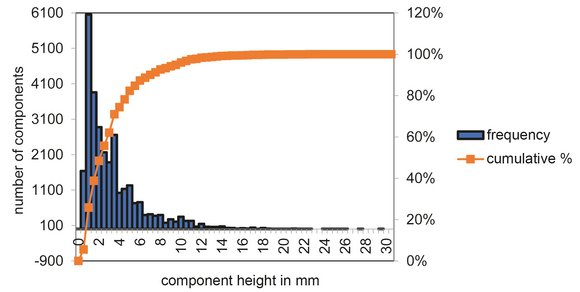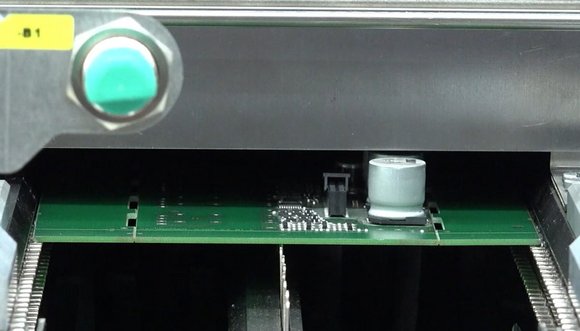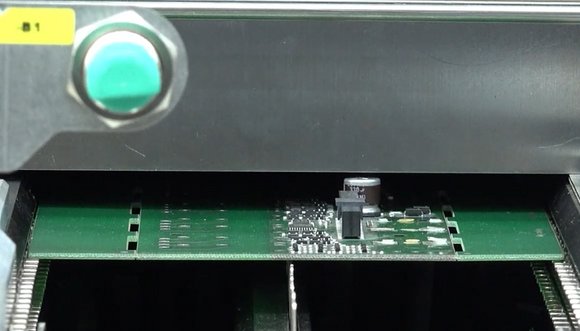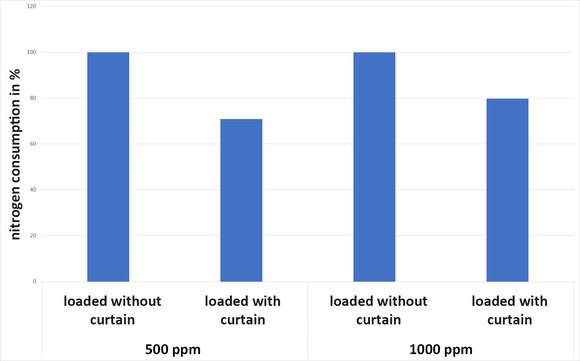In electronics manufacturing, the variety of component geometries presents a challenge: differences in assembly height require a variable throughput height in convection soldering systems. Current developments indicate a need for larger throughput heights due to the trend towards e-mobility, which in turn increases nitrogen consumption for process inertization. Rehm Thermal Systems responds to this issue with an innovative solution: the mechatronic curtain. This automatically adjusts to the height of the assemblies, reducing energy and nitrogen loss and allowing savings in EcoMode. The effectiveness of this technology is underscored by the significant reduction in nitrogen consumption.
State of the art
Due to the variety of electronic component geometries, the assembly height varies from 5 to 30 mm. These differences lead to the requirement that the throughput height in a convection soldering system be specified at 30 mm upwards and 20 mm downwards. Additionally, due to e-mobility, there is also a need for throughput heights of 50 to 100 mm upwards. This requirement results in an increasing open area at the entrance and exit of the convection soldering system, thereby drastically increasing the consumption of nitrogen necessary for process inertization. This effect is particularly noticeable when soldering assemblies with different heights at the lower and upper limits. For example, the "chicken feed" on the first page serves as an example. The histogram in Figure 1 exemplarily shows the distribution of component height from a product mix at an SMT line.
The histogram illustrates that there are indeed assemblies with a total height of up to 30 mm, and the facility must offer the necessary flexibility, but their quantity is very small. 90% of the components are not higher than 7 mm, thus it becomes apparent that for this product group, the upper and lower throughput heights are oversized, resulting in more nitrogen escaping from the system than would be the case if the curtains were optimized for this height.
Solution approach
To achieve both the maximum required throughput height and the always optimal nitrogen consumption for lower assemblies, Rehm Thermal Systems has patented, developed, and mass-produced the mechatronic curtain. In the process, movable curtains are installed at the inlet and outlet of the oven, which guarantee the optimal distance to the assembly depending on its height (Figure 2a and 2b).
Another advantage is that when production interruptions occur, the system is switched to EcoMode, in which the curtains completely close the inlet and outlet. As a result, less heat and nitrogen escape from the system, thus enhancing the savings of EcoMode.
Benefit
Figure 3 shows the savings achieved through these measures. It involves an assembly with a width of 244 mm, a length of 305 mm, and a height of 7 mm. With this measure, about 27% of nitrogen is saved at 500 ppm residual oxygen, and about 20% at 1000 ppm.
These study results show that the mechatronic curtain can meet both the flexibility of the systems and the increasingly stringent requirements for resource efficiency.



